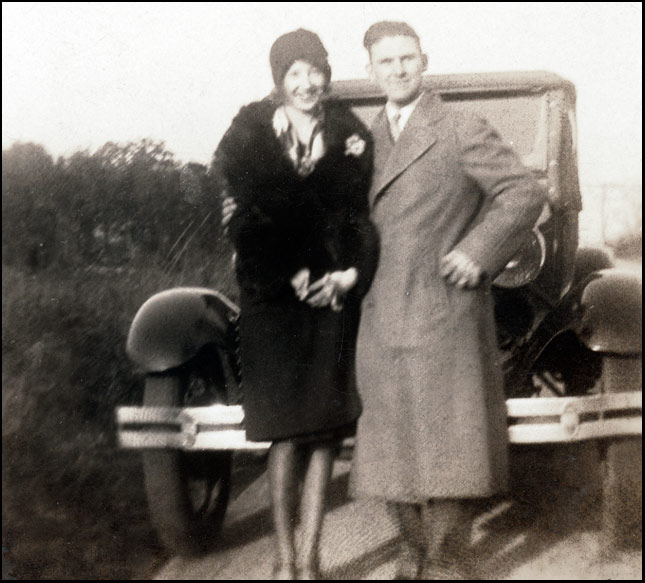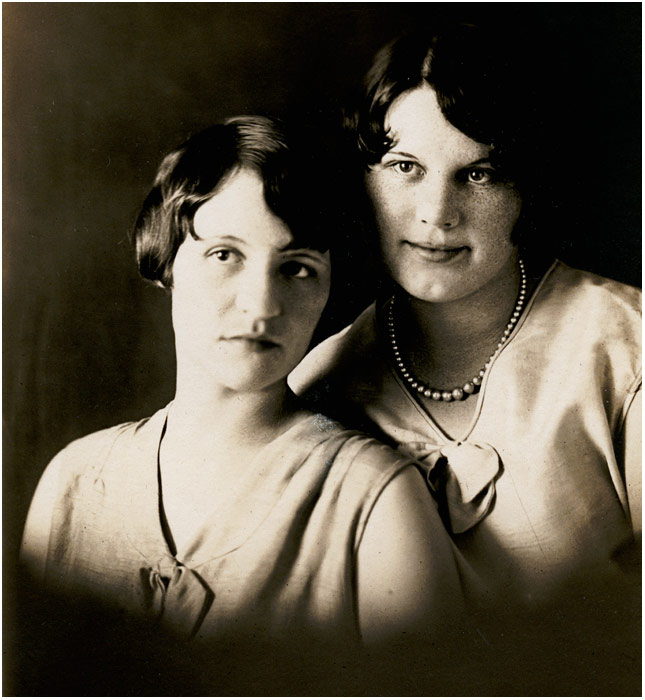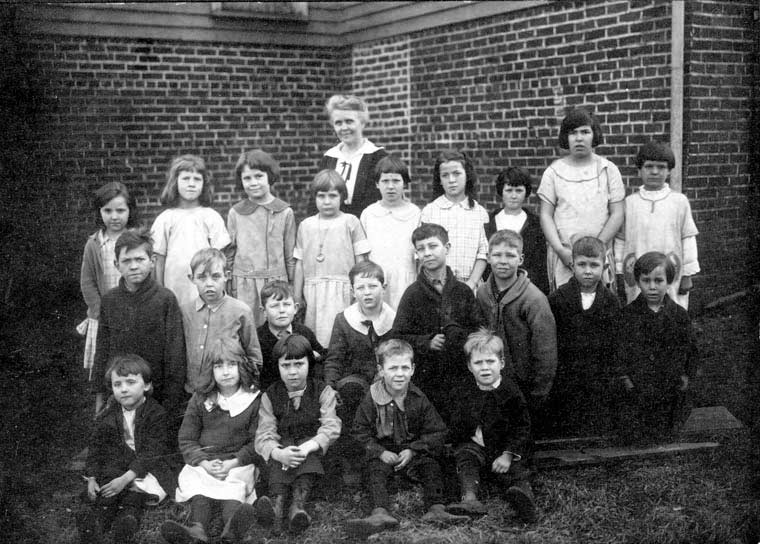
At the beginning of 1923 postwar adjustments seemed to be over and the outlook was bright. By the end of the year, however, a dark cloud of depression hung once more over the industry. This time it lasted for a long period: 1925 and 1927 were two of the worst years in the history of American woolens. Old and well-known mills failed. The giant in the field, the American Woolen Company, lost money for five of the ten postwar years; in 1927 it ceased paying dividends even on preferred stock. The huge Pacific Mills of Lawrence, Massachusetts, after earning $2,000,000 in 1925, was forced the next year to pass its dividends for the first time in forty years. Only occasionally did a wave of prosperity raise the woolen industry from the sand-bar of depression.
Several factors lay beneath this condition. One was the impact of steadily advancing wages. More important was the effect of changing living habits. American homes and offices were better heated than before the war. Automobiles and other conveyances came to be enclosed and heated. Dresses were shortened and men’s suits were made less full. As a result, Americans demanded lighter woolens and per capita consumption increased. Furthermore, rapidly changing styles continued to create problems. Manufacturers more and more found themselves operating on short-term contracts. Meanwhile, worsteds declined in popularity. Woolens, even the cassimeres of the 1870’s, surged forward to perplex manufacturers who just recently had shifted their machinery to worsteds. And other fibers began to vie with woolens for the business of clothing Americans.–Harry Poindexter




